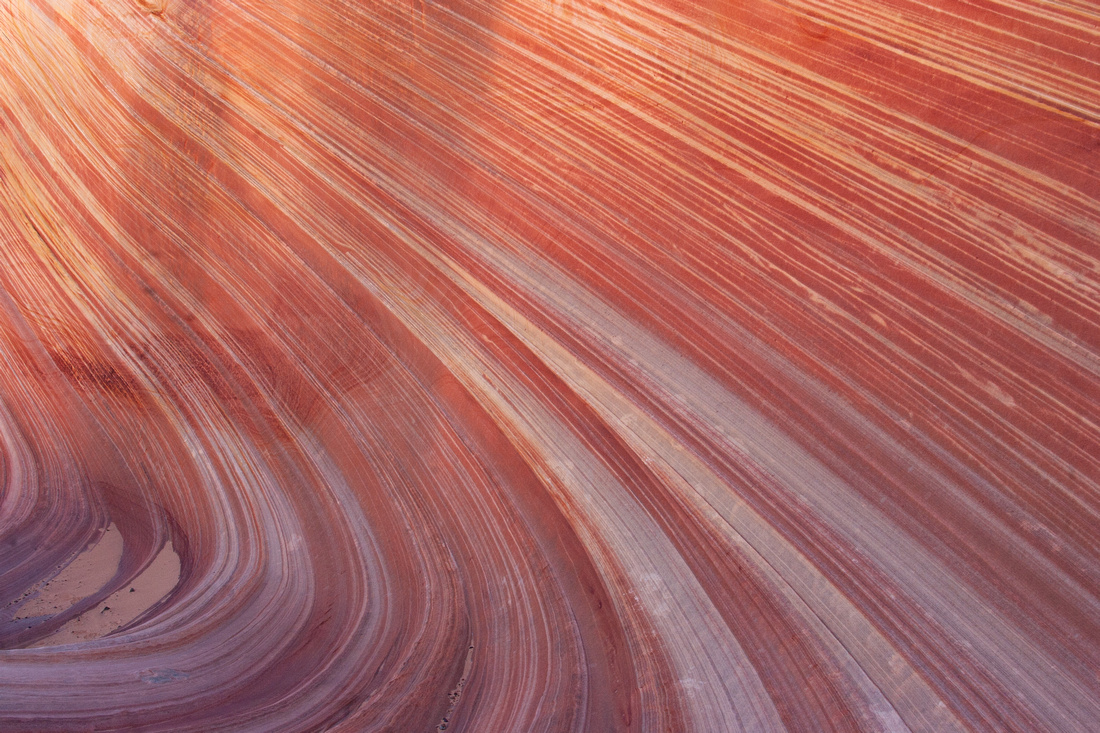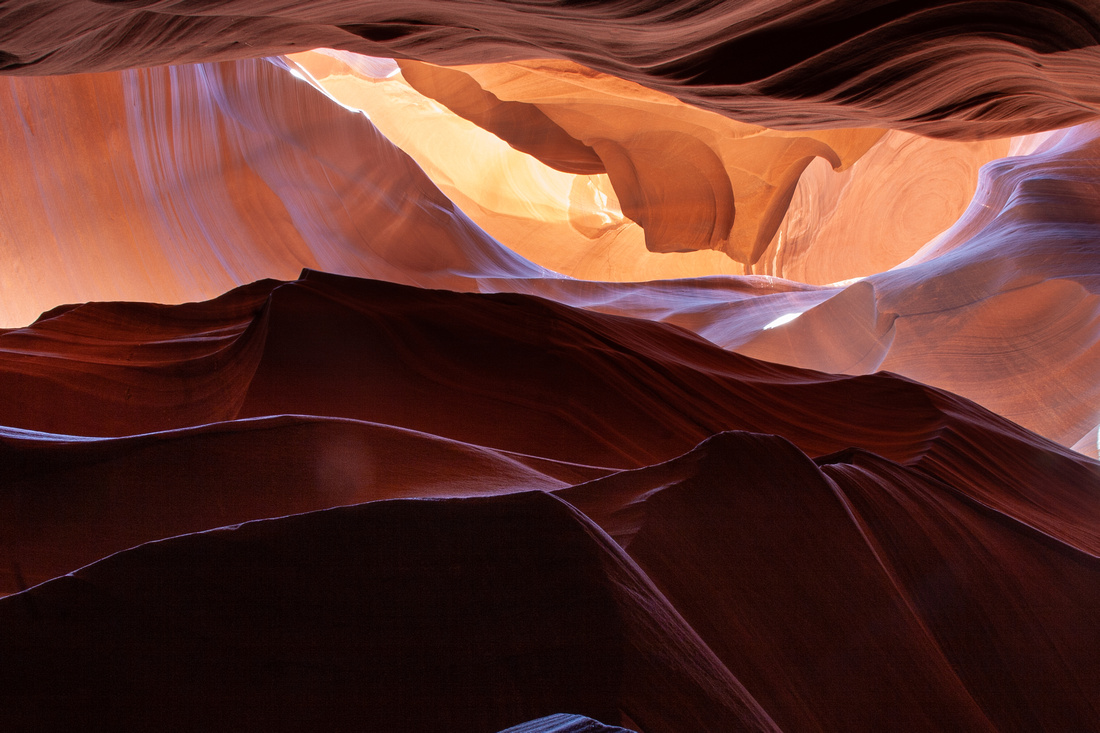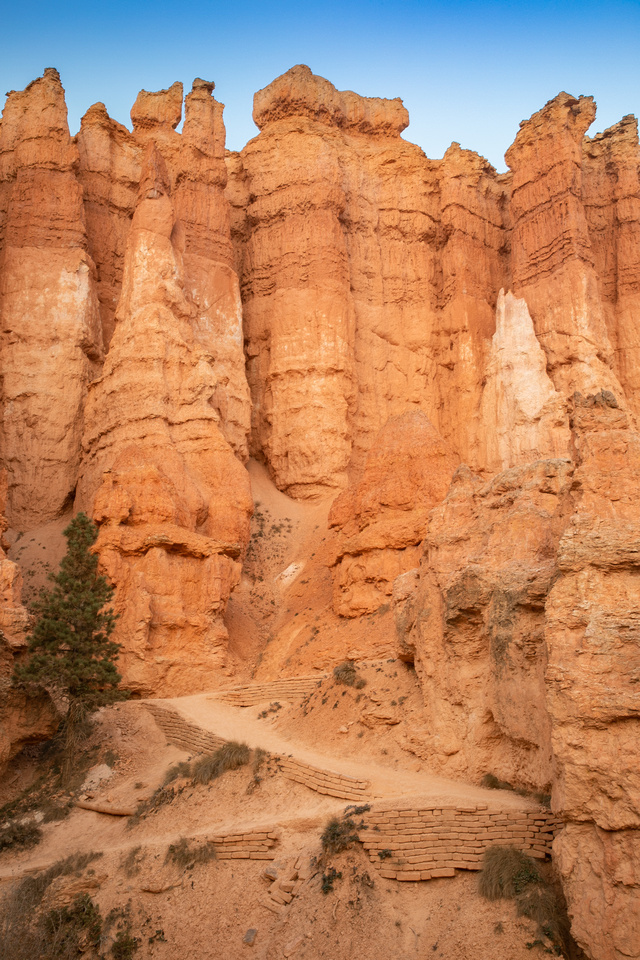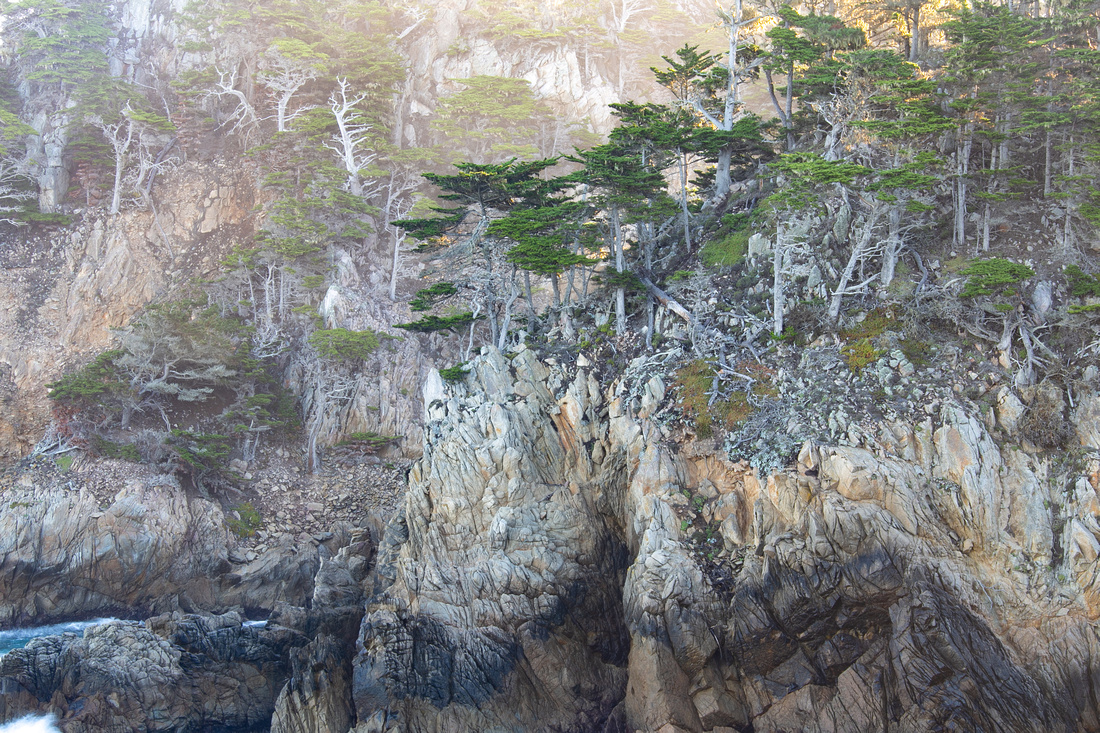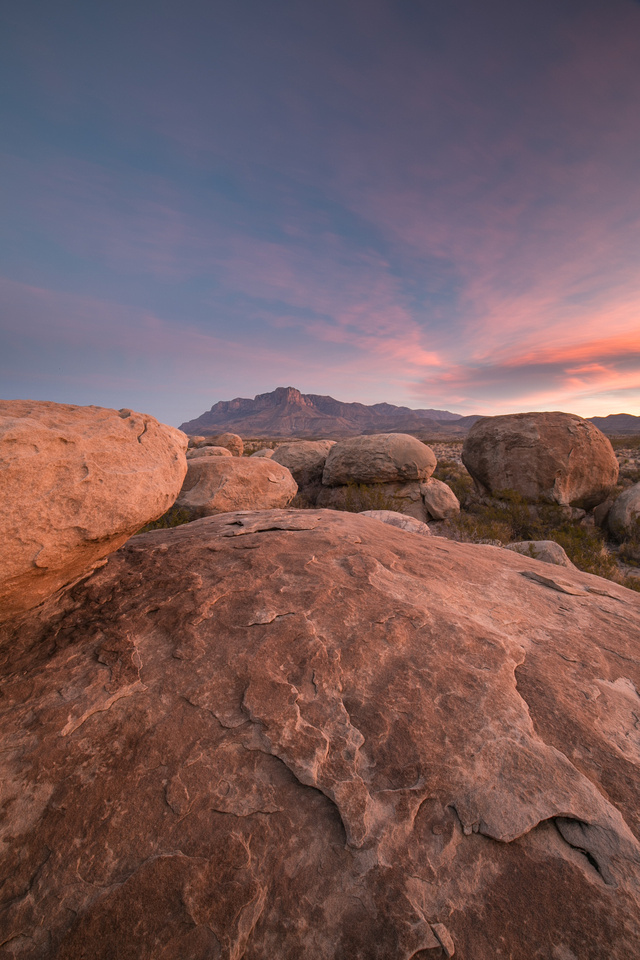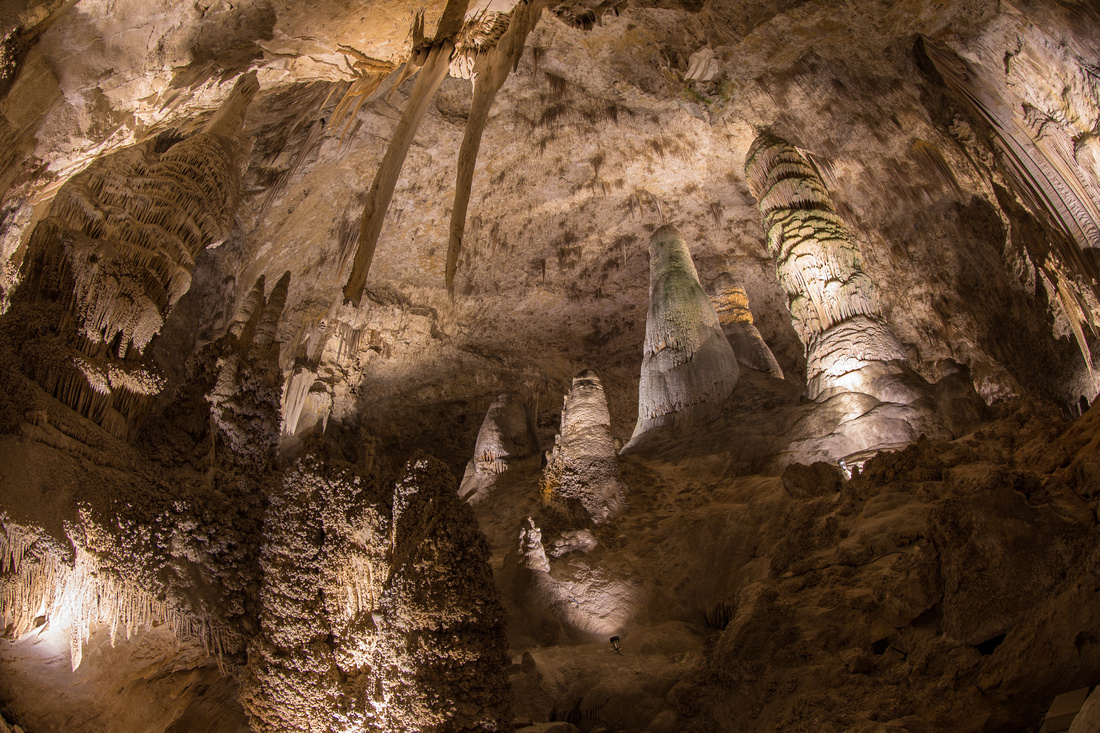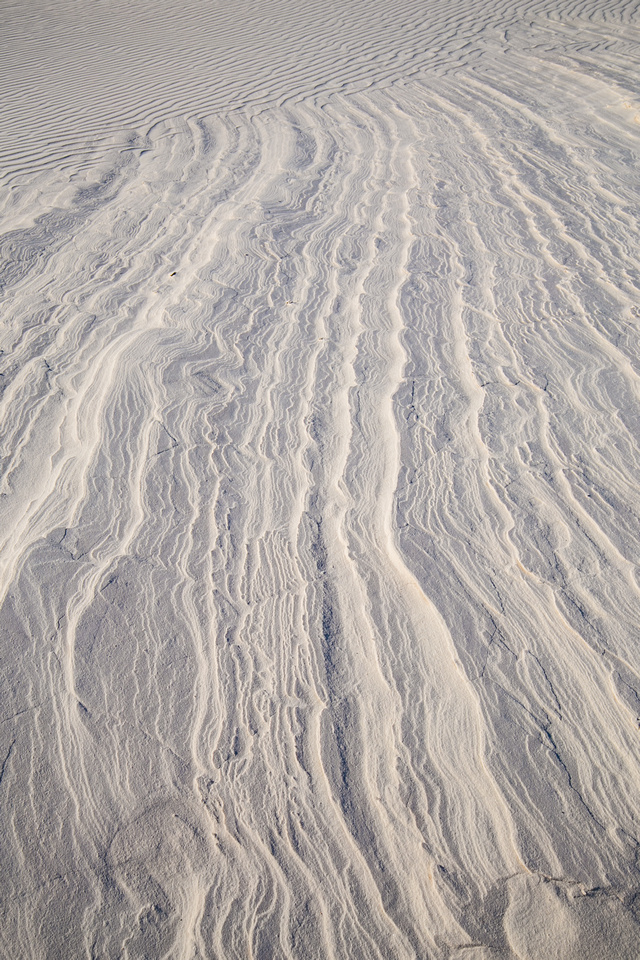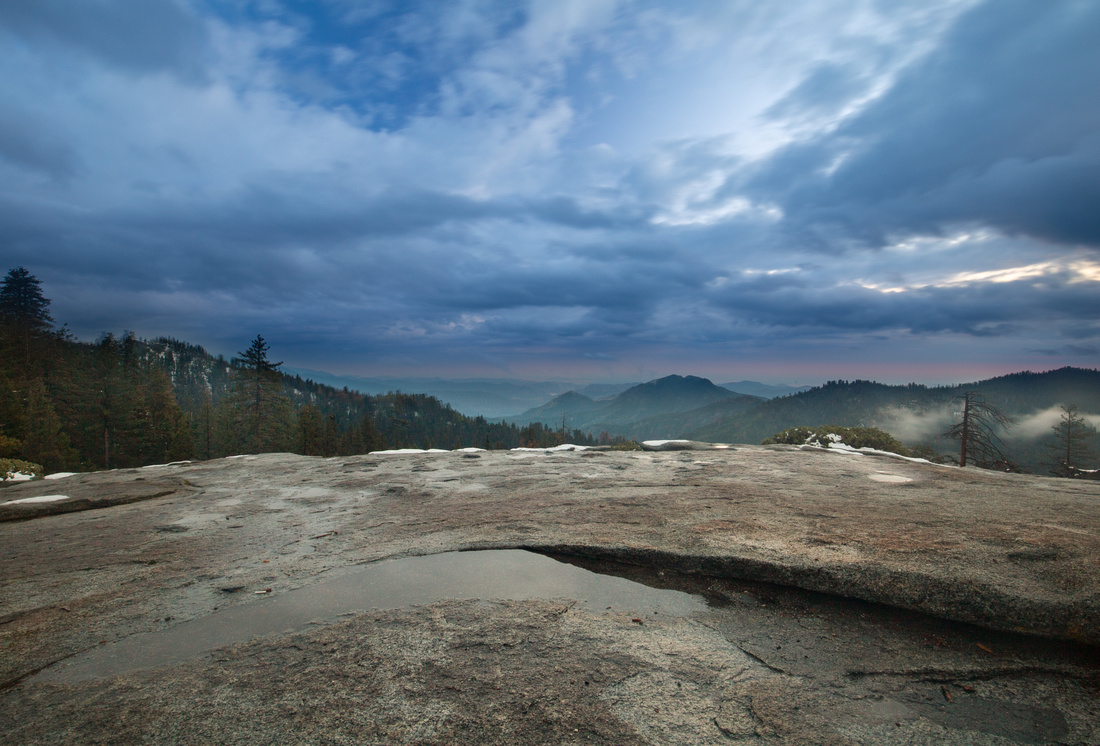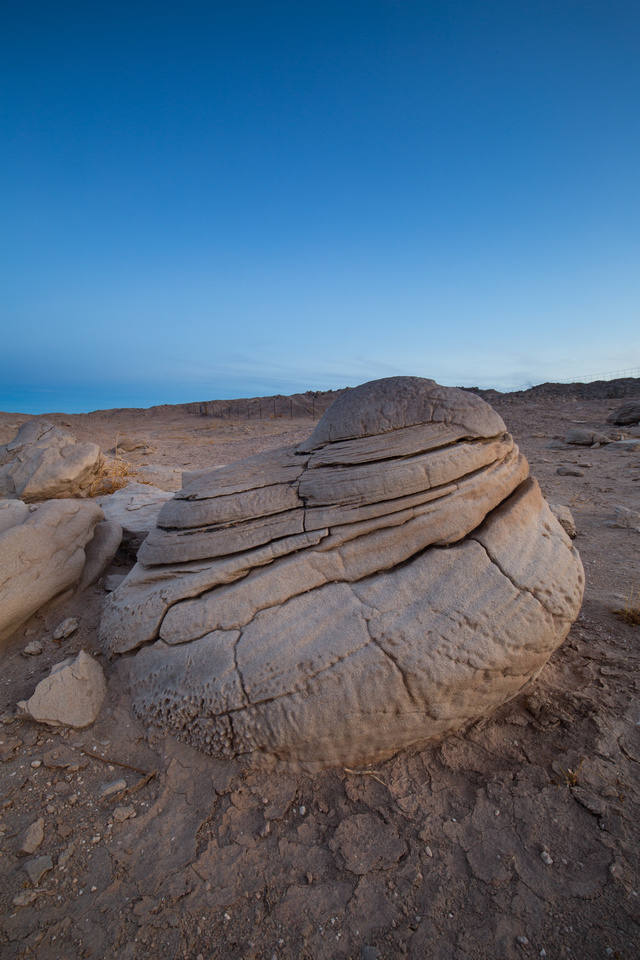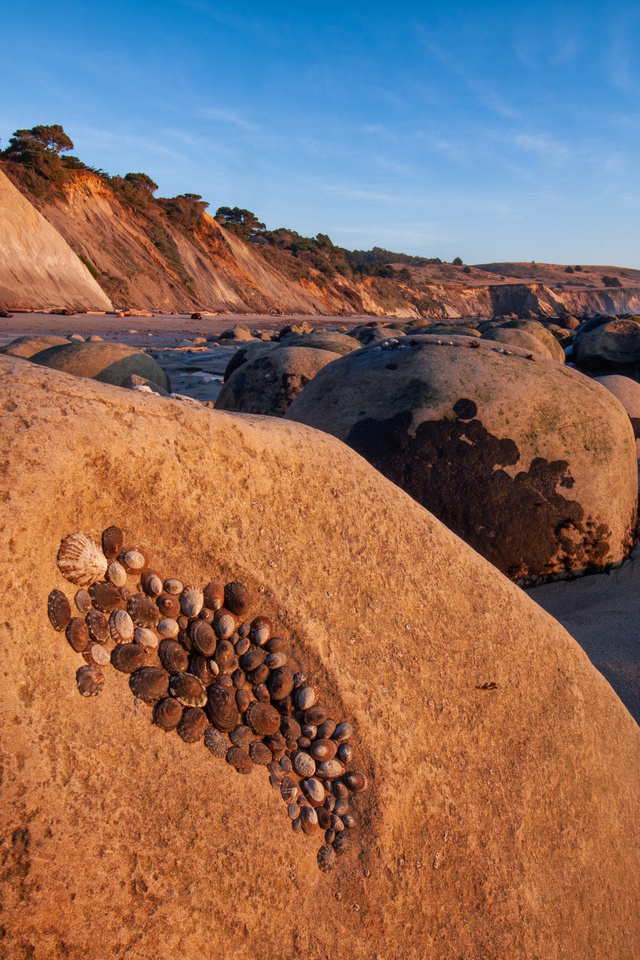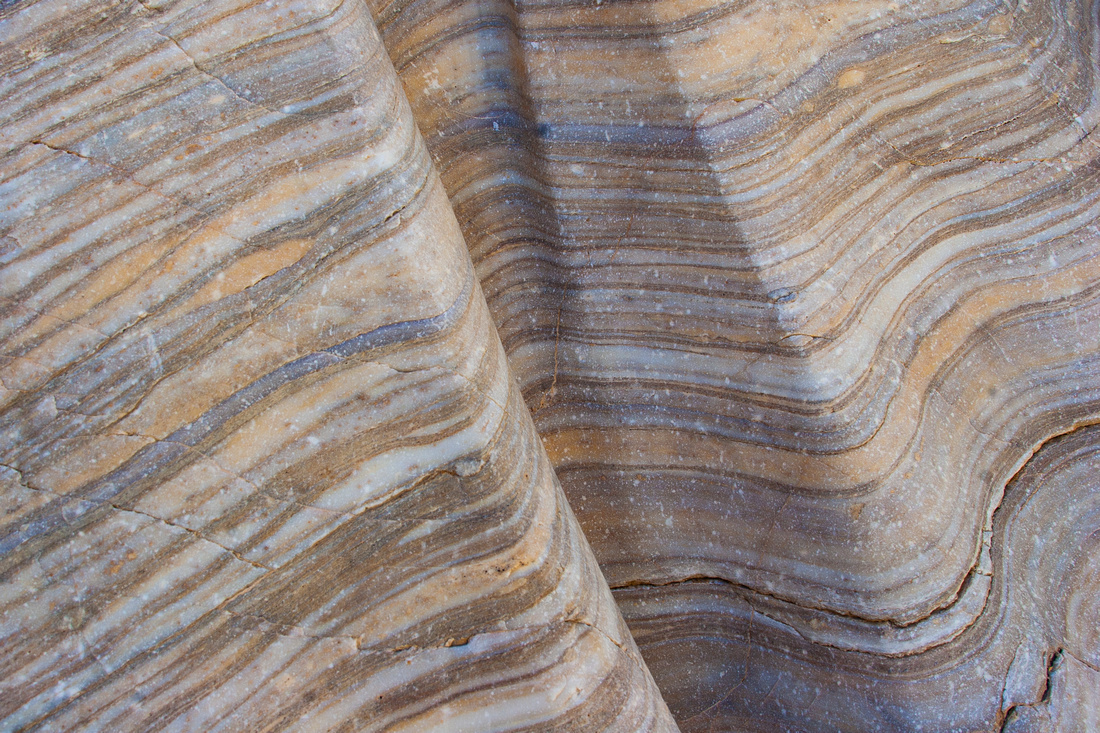Significance of geology in nature photography
"R" is for Rocks: Significance of geology in nature photography
Text and photos by Heather Cline
There is a vast amount of prominent rock features throughout the United States. Sometimes I forget how much they serve as the subject of my photographs. Thanks to the National Park System, I was able to gather some information about the different types of rocks that inspired this post.
There are three main types of rocks depending on how they were formed, Sedimentary, Metamorphic, and Igneous. However, each of these contain many, many types within them. So many, that I cannot do them justice. In fact, I'm just barely scratching the surface here.
Sedimentary
Sedimentary rocks are formed from pre-existing rocks or pieces of once-living organisms. They form from deposits that accumulate on the Earth's surface. Sedimentary rocks often have distinctive layering or bedding. Many of the picturesque views of the desert southwest show mesas and arches made of layered sedimentary rock. I cover Clastic, Biologic, and Chemical Sedimentary rocks here, and common sedimentary rocks include sandstone, limestone, and shale.
- Clastic: made up of pieces (clasts) of pre-existing rocks loosened by weathering
|
Clastic: Arches National Park |
|
Clastic: Grand Canyon National Park |
|
Sandstone: The Wave |
|
Sandstone: Antelope Slot Canyon |
|
Sandstone: Bryce Canyon National Park |
|
Conglomerate: Point Lobos State Reserve |
- Biologic: form when living organisms die, pile up, and are then compressed and cemented together
|
Biologic: Guadalupe Mountains National Park |
- Chemical: form by chemical precipitation that begins when water traveling through rock dissolves some of the minerals
|
Chemical: Carlsbad Caverns National Park |
|
Chemical: White Sand National Park |
|
Chemical, Limestone: Sequoia National Park |
|
Chemical, Concretions: Pumpkin patch |
|
Chemical, Concretions: Bowling Ball Beach |
Metamorphic
Metamorphic rocks started out as some other type of rock, but have been substantially changed from their original igneous, sedimentary, or earlier metamorphic form. Metamorphic rocks form when rocks are subjected to high heat, high pressure, hot mineral-rich fluids or, more commonly, some combination of these factors. Conditions like these are found deep within the Earth or where tectonic plates meet. Common metamorphic rocks include phyllite, schist, gneiss, quartzite and marble.
|
Marble: Death Valley National Park |
|
Gneiss: California Coast ranges, Big Sur |
Igneous
Igneous rocks (from the Latin word for fire) form when hot, molten rock crystallizes and solidifies. The melt originates deep within the Earth near active plate boundaries or hot spots, then rises toward the surface. Igneous rocks are divided into two groups, intrusive or extrusive, depending upon where the molten rock solidifies. Types of extrusive igneous rocks include: pumice, obsidian, andesite, rhyolite, and basalt.
-
Extrusive Igneous Rock: produced when magma exits and cools as lava at or near the Earth's surface
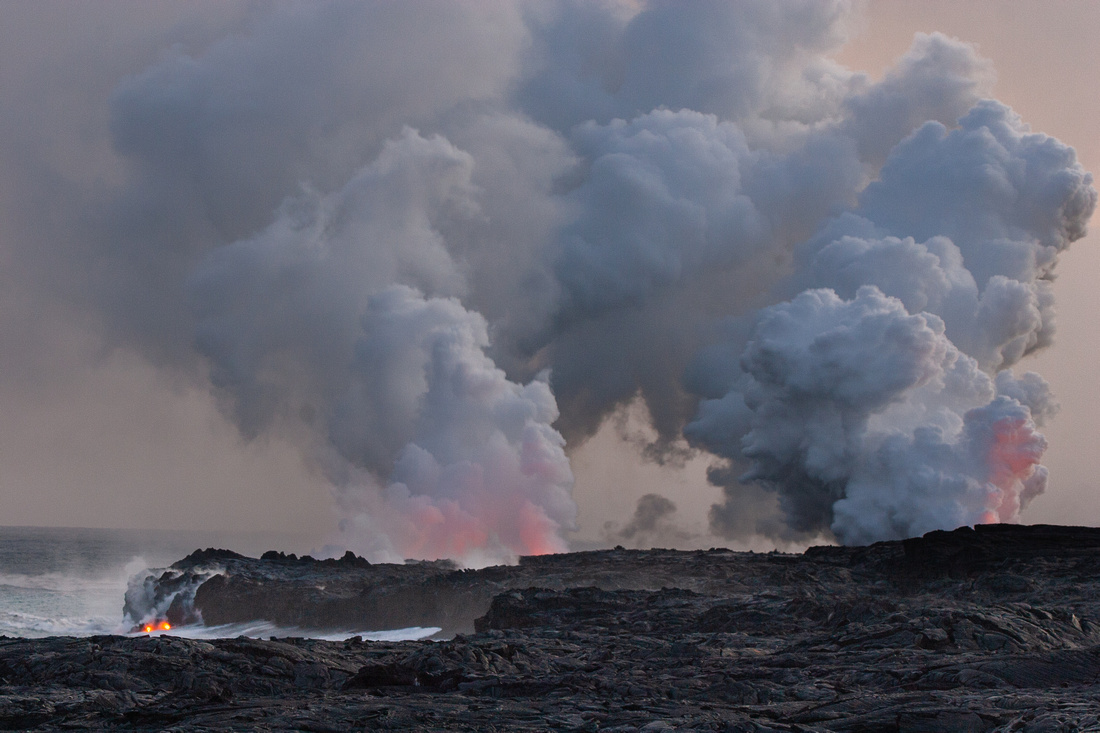  Hawaii Volcanoes National Park
Hawaii Volcanoes National Park |
  Crater Lake National Park
Crater Lake National Park |
- Intrusive Igneous Rock: produced when magma remains inside the Earth's crust where it cools and solidifies in chambers within pre-existing rock
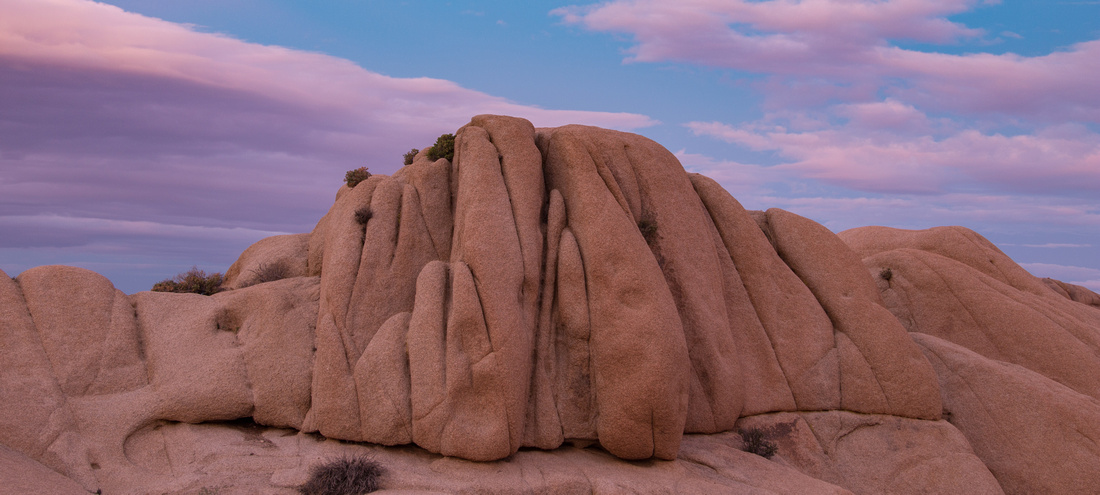  Monzogranite: Joshua Tree National Park
Monzogranite: Joshua Tree National Park |
|
Granite: Yosemite National Park |
Now that I have seen just how many different types of rocks there are, I'll be on the lookout to get photos of all the different types I haven't captured yet. I hope you enjoyed reading and viewing this post as much as I did researching the information. Now it's time to get cracking on what "S" is for!


